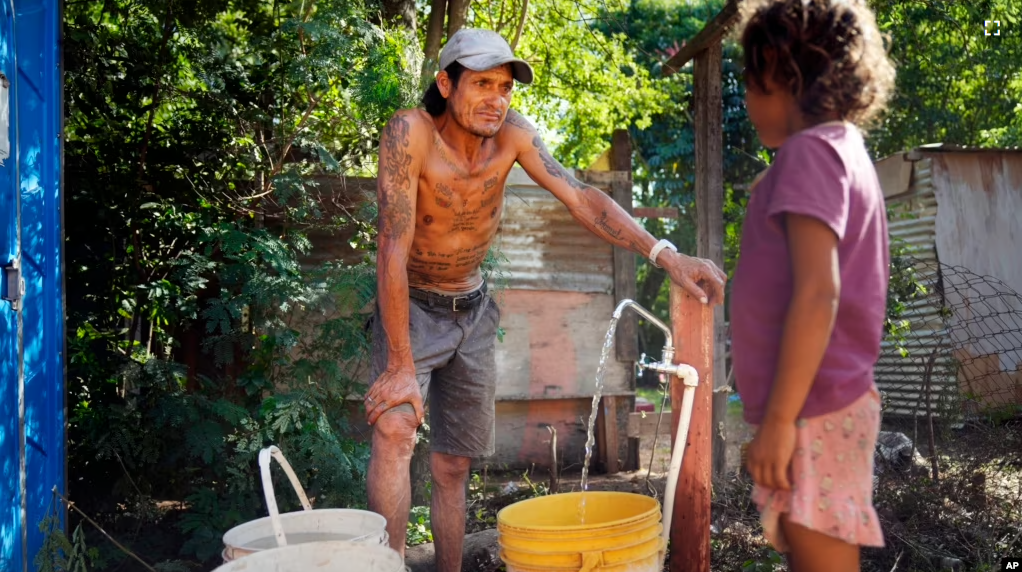The United Nations said 26 percent of the world’s population does not have safe drinking water in a report released Tuesday.
The U.N. World Water Development Report 2023’s release comes at the start of a three-day meeting on water resources and usage in New York City.
Richard Connor is the main editor of the report. He told reporters at the release that the estimated cost of meeting the U.N.’s goals for water is between $600 billion and $1 trillion.
Connor said it was just as important to develop partnerships with investors, financiers, governments and climate change groups. These forms of cooperation, Connor said, would ensure that the money spent would provide drinkable water to 2 billion people who do not have it and sanitation to 3.6 billion who lack it.
The report warns that water use around the world is growing one percent a year “and is expected to grow at a similar rate to 2050…”
Connor said the increase in demand is happening in developing countries and emerging economies. That is because urban areas and industries are using more water.
Agriculture alone, Connor said, uses 70 percent of the world’s water supply and has to be better planned.
The report also said that seasonal lack of water will increase in Central Africa, East Asia and parts of South America. That is in addition to areas that already have water scarcity such as the Middle East and the Sahara area of Africa. The report said this is the result of temperature increases in the Earth’s atmosphere.
The U.N. Educational, Scientific and Cultural Organization is responsible for the latest water report. It said, on average, “10 percent of the global population lives in countries with high or critical water stress.” And 3.5 billion people live under conditions of water stress at least one month out of the year.
The report also commented on weather events. It said floods in tropical areas near the Equator have increased by 2.5 times. But Connor said weather conditions involving lack of rain, or drought, were more difficult to establish. He said, “…an increase in intensity or frequency of droughts and ‘heat extremes’ can be expected in most regions as a direct result of climate change.”
Connor added that the biggest producer of pollution is untreated wastewater. He said 80 percent of wastewater around the world is untreated. But in developing countries, it is “pretty much 99 percent.”
An estimated 171 countries and 100 ministers are attending the three-day meeting.
I’m Mario Ritter Jr.
Edith Lederer reported this story for the Associated Press. Mario Ritter, Jr. adapted it for VOA Learning English.
__________________________________________________________________
Words in This Story
editor –n. a person who decides what parts of a written work are published or changed
sanitation –n. the activity of removing, treating or dealing with wastewater and solid waste in a healthy and acceptable way
scarcity –n. the condition of not having enough of something
stress –n. a state of tension often caused by the apparent lack of something or inability to understand something
frequency –n. how often something happens
